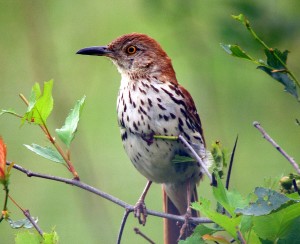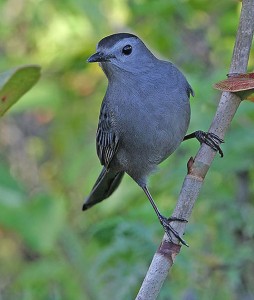Week 50 – 25 June 2017:
Urban Myths About Divorce
When it comes to the behaviours of animals, two urban myths seem particularly persistent. The first is that non-human animals are aware of impending natural disasters long before humans are, and that by noticing changes in the behaviour of our pets, we can avoid catastrophes. Trust me – your budgie finds out about an earthquake when its perch starts shaking, at exactly the same time you do.
The second persistent myth is that birds of one species or another mate for life. Some perpetuators of this myth expand upon it, claiming that an individual that looses its mate will refuse to choose a new partner, no matter how long it lives. Swans are probably the most frequently cited examples. Again, you might want to trust me – birds divorce, and they get on with their lives if their partner dies.
There several reasons why a pair of individuals might remain mated in successive breeding attempts. If birds show fidelity to their breeding grounds, returning to more or less the same spot each year, chances are quite good that they will conveniently find their mates from the year before. In other birds, such as penguins, it can take a very long time to establish a solid pair bond with a mate. If an individual divorces its mate, it might have to miss an entire breeding season while working on a strong relationship with another singleton. There are also good reasons for divorce, including infidelity and failed breeding attempts.
Birds sometimes mate with the same individual in successive breeding seasons, and sometimes they divorce. But surely that begs the question of how we would even notice marital consistency and divorce among birds. I have seen a lot of swans, and they all look pretty much the same to me. The simplest way to address the question is through the observation of populations of birds that have had bands applied to their legs.
The Journal of Field Ornithology was formerly known as Bird-Banding. For more than eighty-five years, the journal has been publishing the results of scholarly research on the lives of birds. The eminent American ornithologist Margaret Morse Nice published an article in the first volume concerning divorce. It was a response to an unnamed author who had written: “probably the majority of passerine birds change mates for the second brood.” Is that true? In those songbirds that raise more than one set of offspring in a year, do individuals change partners between broods?
Nice surveyed the recently published literature for examples of banded birds that had either remained with the same partner for successive broods, or had chosen a new mate. She found evidence of seven pairs of birds, including Brown Thrashers and House Wrens that had changed mates for the second brood. In one case, a male bluebird had a different mate for his second brood, but switched back to his first partner for the third brood. In contrast, Nice found twenty examples from eleven species that had maintained their pair bond throughout the season. These included Chipping Sparrows, Song Sparrows, and Gray Catbirds. Although the sample size was small, Nice was able to conclude that songbirds do not ordinarily change partners within a season, as had been suggested.
That was the state of things in 1930. How do we see the world eighty-seven years later? See next week’s entry for an answer.
Nice, M. M. 1930. Do birds usually change mates for the second brood? Bird-banding 1:70-72.
Photo credits: Brown Thrasher – animalia-life.club, Gray Catbird – www.pinterest.com



